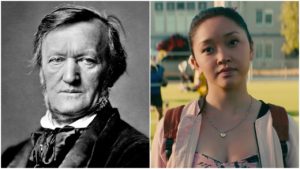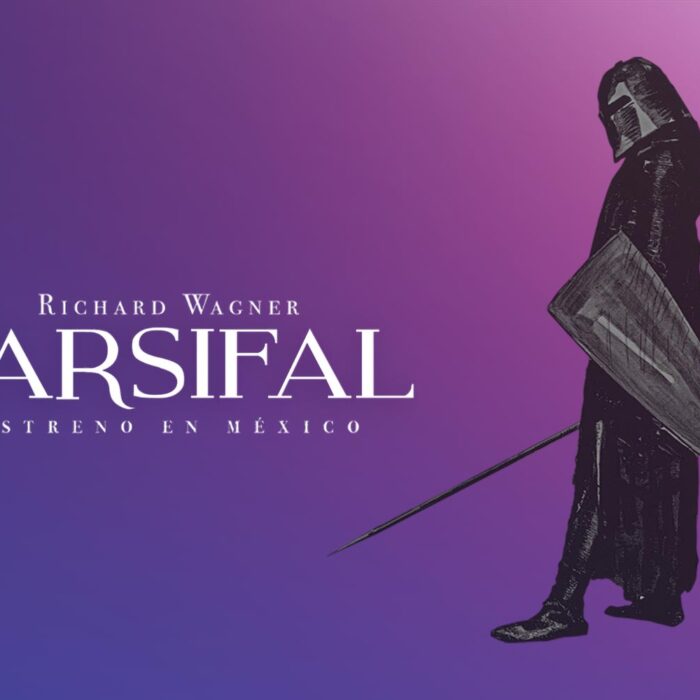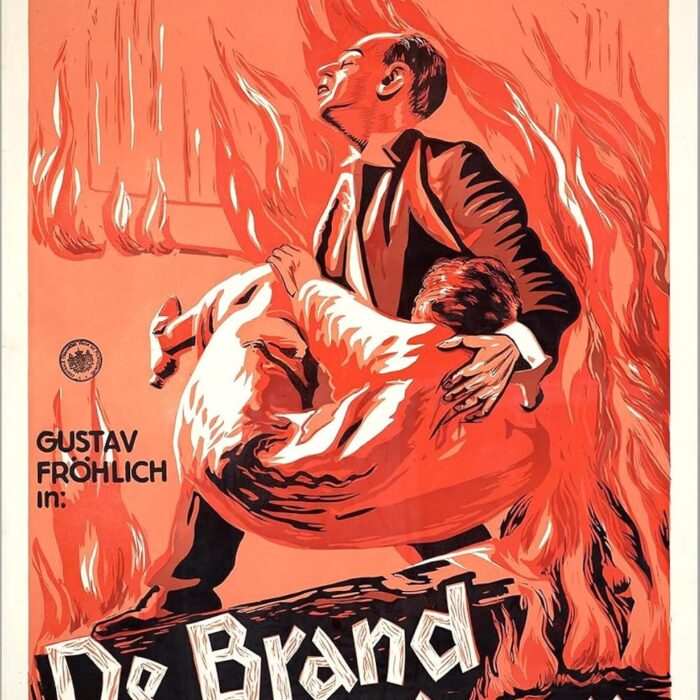
Opera Meets Film: How ‘To All the Boys I’ve Ever Loved’ Shapes A Dramatic Moment Through Awkward Use of ‘Tannhäuser’
By David Salazar“Opera Meets Film” is a feature dedicated to exploring the way that opera has been employed in cinema. We will select a section or a film in its entirety, highlighting the impact that utilizing the operatic form or sections from an opera can alter our perception of a film that we are viewing. This week’s installment “To All the Boys I’ve Ever Loved.”
“To All the Boys I’ve Ever Loved” opens in a green field of Lara Jean’s imagination with music from Tchaikovsky’s “Swan Lake” setting the scene for a heightened sense of intense romanticism. It establishes the dream-like state of the film’s central character and her inability to escape her romantic bubble as she ponders Josh, her latest crush.
A few scenes later, this sense of heightened romanticism will return with a delirious vengeance on the school’s track. Five love letters she has written over the years have gotten out and Peter, a former crush and (spoilers) her eventual boyfriend by the end of the film, is the first to approach her about it. As she sees him with the letter in hand, the Tchaikovsky returns with a vengeance. She faints and the music suddenly shifts to a choral passage from Wagner’s “Tannhäuser” as we see an overlay of a scene from years ago when she first kissed Peter.
She recovers and prepares to manage the situation when suddenly she sees Josh approaching. Suddenly, music from “Tannhäuser’s” overture, a passage in the strings with an upward trajectory suggesting tremendous tension comes back to the forefront. Over this section of music, the film cuts to a number of images from before in which we see Lara Jean interact with Josh. The tension mounts in the music and in the scene, eventually exploding in resolution when Lara Jean jumps on Peter and kisses him passionately.
Classical music or opera will never return again to the film, the chord resolution at the apex of the “Tannhäuser” passage almost serving as a rupture of her fantastical romanticism and an entry into the messy world of teen romance.
It’s a strange moment in the larger context of the film, given the overall shape of the soundtrack toward more modern pop and hip hop, but having it appear early on emphasizes Lara Jean’s bubble and her own separation from those around her (her younger sister, who sent out the letters, comments in an earlier scene that she finds it sad that Lara Jean, an 11th grader, has no plans to go out with friends; Lara Jean tells her she doesn’t care).
The musical choice is not only very intentional, but also quite apt for its intended purpose. In this moment of intense discomfort, how else would her intense and messy feelings be expressed than through a sloppy collage of disparate pieces of classical music which not only feel incongruously thrown together to match the rapid beat shifts, but also completely out of place in the context of the scene? The scene itself is not really all that dramatic to the viewer, but in order to really get a sense of how excruciating this is for Lara Jean, then aurally it needs to feel not only excruciating for the audience (it does), but also overly dramatic. This is the end of the world for her and the musical choices here, by two composers known for pushing the emotional limits of the music they wrote, are very apt in expressing that very notion on an immediate dramatic level but on a subtextual one as well.
Categories
Opera Meets Film

